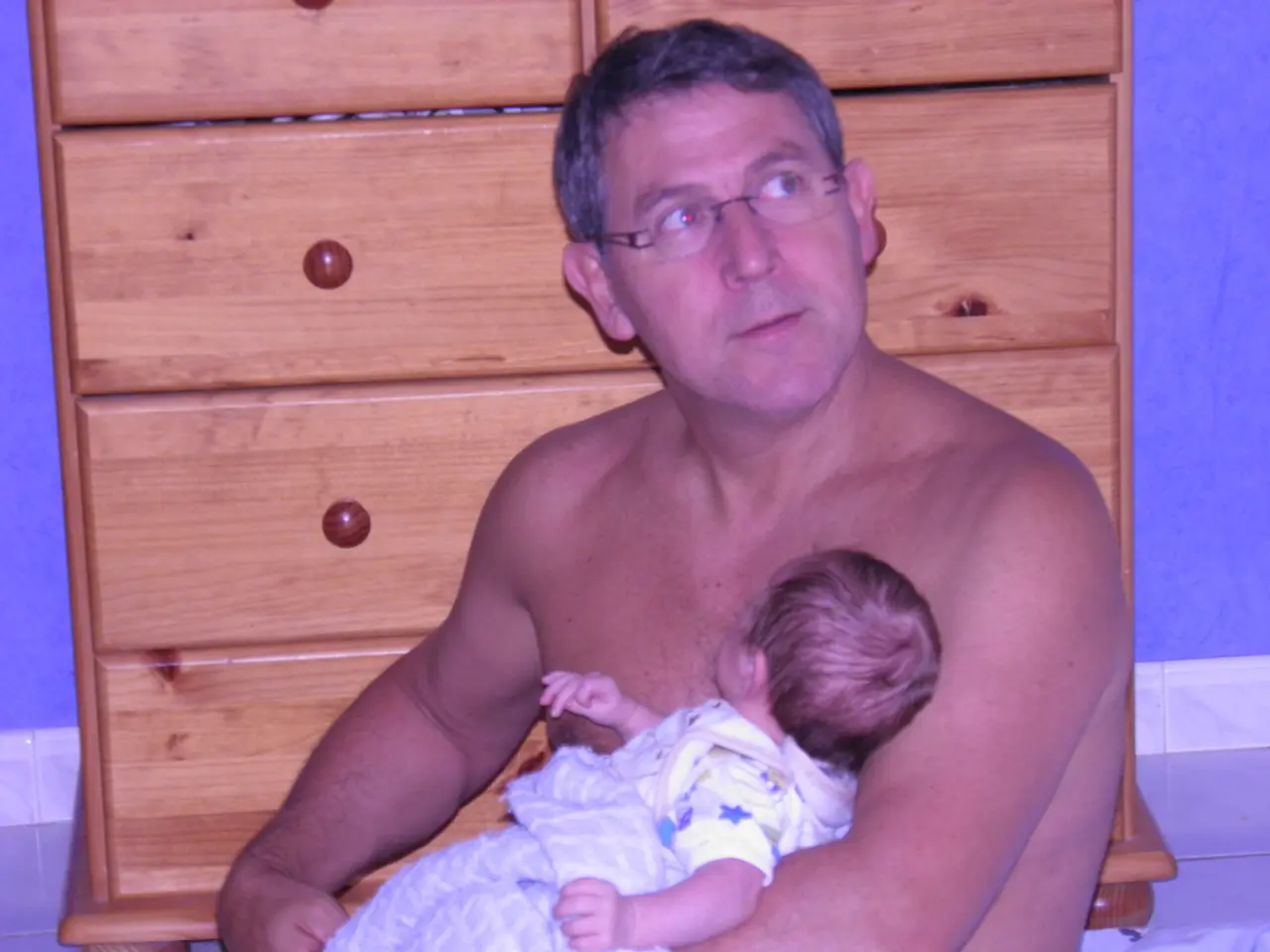Managing Nystagmus in Newborns: A Guide
Congenital Nystagmus, often referred to as "dancing eyes," is a condition that affects newborns, causing involuntary and periodic movements of the eyes. This condition, noticeable in a baby's first few months, can present with a variety of symptoms.
Babies with nystagmus may experience symptoms such as double vision, oscillopsia (the perceived movement of objects), dizziness, numbness, poor coordination, and hearing loss. An obvious symptom is that their eyes are unable to remain steady, constantly oscillating. Additionally, these infants may have difficulty following rapid movements.
Congenital Nystagmus does not occur during sleep. It generally affects both eyes in a horizontal path, but cases of circular and up/down movements have also been reported.
Genetics can be a cause of nystagmus in infants. A complete paediatric examination is carried out to eliminate systemic reasons for Congenital Nystagmus, as it could be associated with other medical issues. Visual deprivation, such as caused by glaucoma, cataracts, retinal detachment, abnormalities in the optic nerve, and achromatopsia, can also cause nystagmus in infants.
Vitamin deficiencies, extended drug use or side effects (recreational or prescribed drugs), strokes of the central nervous system, and coloboma (where the eye isn't formed fully) can also cause nystagmus in infants.
Common treatments for congenital nystagmus in infants focus on improving vision and managing symptoms since there is currently no cure for the condition itself. These treatments include corrective lenses or glasses to improve visual clarity, prism glasses to help reduce abnormal head postures or head tilting caused by nystagmus, medications in some cases, surgical procedures aimed at reducing the intensity of eye movements and correcting abnormal head postures if present, and regular monitoring by a pediatric ophthalmologist to evaluate vision and adjust treatment as needed.
Additional supportive measures may include extra educational support such as large print books and extra time for reading or exams as the child grows, to accommodate any visual impairment. Some alternative or adjunct therapies like craniosacral therapy have been explored in certain cases, but the primary medical management remains within ophthalmological care. The approach is individualized based on the infant's specific symptoms and underlying diagnosis.
It's important to note that children with congenital nystagmus do not understand that their visual power is deficient, which may limit their choice of profession as they grow. An ophthalmic exam is done to exclude the presence of ocular abnormality which could lead to sensory nystagmus.
A full ocular and clinical examination, including family history, is necessary since nystagmus could be associated with other medical issues. Short or long-sightedness is a common by-product of Nystagmus and can be addressed with prescribed glasses.
[1] Pediatric Ophthalmology, Strabismus, and Amblyopia: Diagnosis and Management (2019) [2] Nystagmus in Infants: Causes, Symptoms, and Treatment [3] Alternative and Adjunctive Therapies for Nystagmus [4] Supporting Children with Nystagmus: A Guide for Parents, Teachers, and Carers [5] Congenital Nystagmus: Diagnosis and Management
- The text discusses congenital nystagmus, a condition that affects newborns and leads to symptoms like double vision, oscillopsia, and dizziness.
- Unlike other medical conditions, congenital nystagmus does not continue during sleep.
- Cases of this condition often involve genetic factors, but could be associated with other medical issues such as glaucoma, cataracts, or neurological disorders.
- Approaches to treat congenital nystagmus focus on improving vision and managing symptoms through corrective lenses, prism glasses, medications, surgery, and regular pediatric ophthalmologist consultations.
- The book "Congenital Nystagmus: Diagnosis and Management" discusses diagnosis and treatment strategies for this condition.
- Supplementary measures like large print books, extra time for exams, and craniosacral therapy (when appropriate) can support children with nystagmus, especially in their education and mental health.




